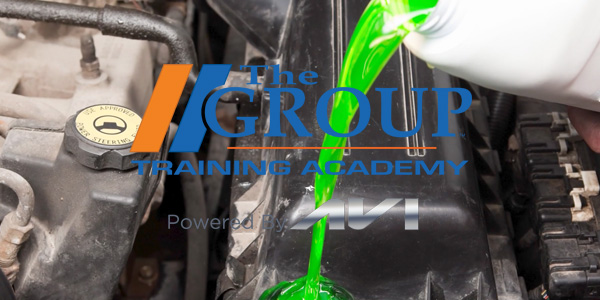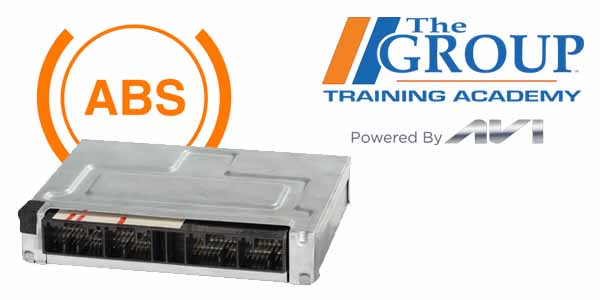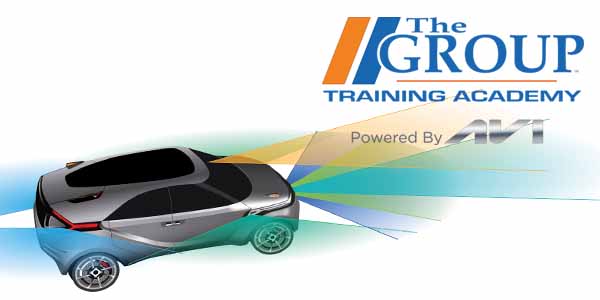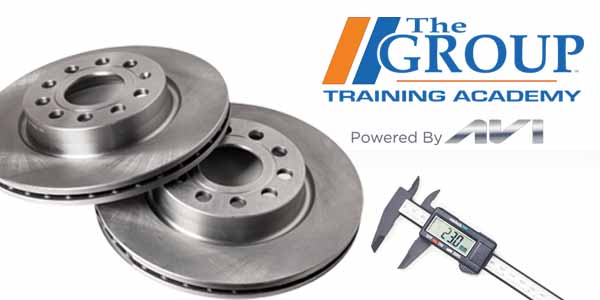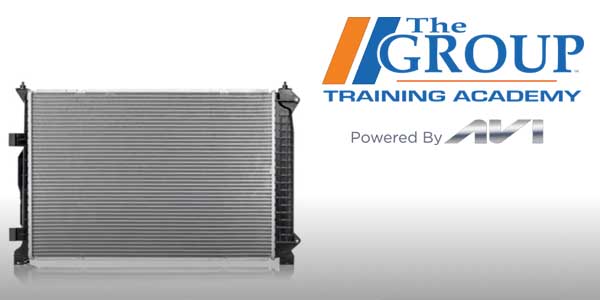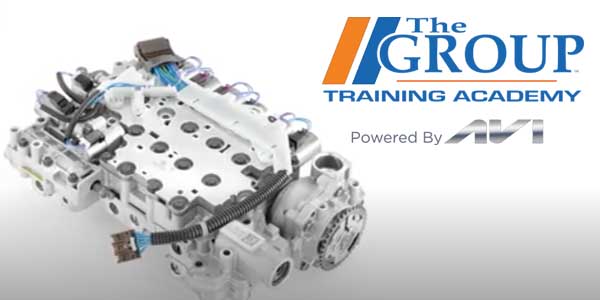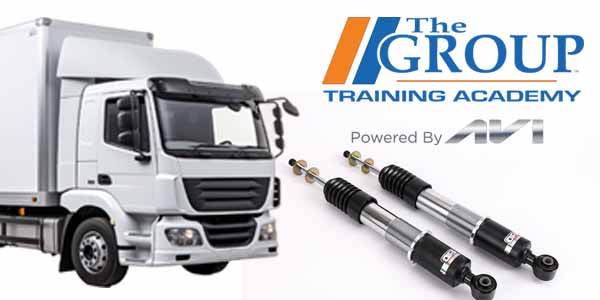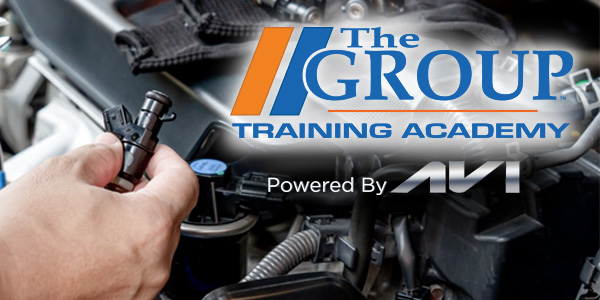Antifreeze/coolant is a critical element of a vehicle’s cooling system.
Its primary function is efficient heat transfer to maintain optimum engine temperature for fuel and lubrication efficiencies. It also provides freezing protection and prevents boil-over and over-heating failures.
The days when a customer could come in and say “give me a bottle of the green stuff” are long gone. The proliferation of coolant colors that started more than two decades ago continues to this day, with different brands and types of coolant often using the same or similar colors. Some manufacturers say mixing different types of coolants can cause problems like coolant gelling, corrosion and engine overheating.
This video is sponsored by The Pronto Network.

